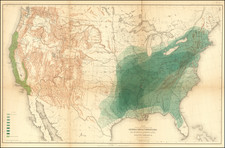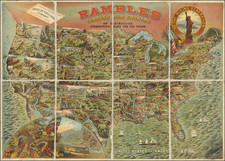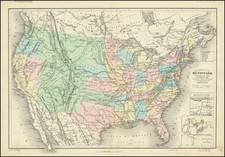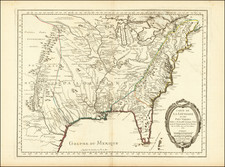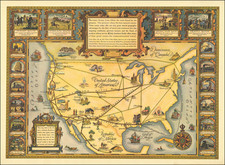A powerful satire on the 1720 financial crisis, this intricate engraving comes from Het Groote Tafereel der Dwaasheid, also known as "The Mirror of Folly". Its vivid scenes critique the speculative frenzy and ensuing ruin brought about by the Mississippi Bubble, one of history's most infamous financial catastrophes.
In the center of the engraving, a fanciful view of the Mississippi Valley is presented, depicting a distorted vision of the New World as a land of easy wealth and exotic allure. This was the image propagated by John Law's Mississippi Company, which promised untold riches from the supposed gold and silver mines in the American territories. The portrayal of Europeans interacting with Native Americans, the diverse flora including palm and fir trees, and the presence of a monk, likely symbolizing the specter of Father Louis Hennepin, suggest the collision of imagination and reality in the frenzy of speculation.
The engraving's four corner scenes further elaborate the consequences of the Mississippi Bubble. The deathbed of Louis XIV symbolizes the end of an era; John Law's presentation of his scheme to the French royal council underscores the high-level endorsement that contributed to the speculative mania; the depiction of a gentleman and lady in a richly furnished room highlights the illusory prosperity experienced by some investors; and finally, the distraught failed investor and his upset family illustrate the personal tragedies that unfolded as the bubble burst.
This print not only mocks the folly of the 1720 financial crisis but also serves as a cautionary tale about the dangers of unfettered speculation. Its detailed imagery and sharp satire capture the irrational exuberance of the period, illuminating the human drama that unfolded amid the rise and fall of one of the early stock market bubbles.









